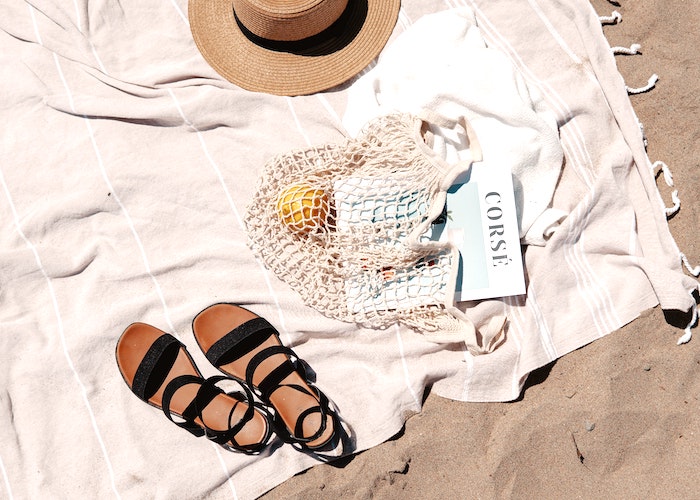The 2 Types Of Credit Cards I Use To Optimize My Finances

By now, I think almost everyone knows I love credit cards. While I completely understand why using cash or a debit card works better for some people, there are so many advantages to using a credit card, if you can keep on top of your payments and use them wisely. Moreover, I’ve found that having two credit cards is actually the best way to maximize savings and perks. Personally, I’ve invested in a travel card and a cash-back card and tend to rotate between the two.
First and foremost, for those looking to get more comfortable with credit cards, I’d suggest opening your second card with the same company as the; so if your first card is from Chase, I’d get your second card from the same bank and/or company. This is because brands like Chase, Capital One or Citi, will let you combine points if you have multiple cards open with them. As such, you can capitalize on the benefits of rotating between cards.
For simplicity’s sake, I’ve stuck to using two cards at once. My travel rewards card often earns me five times the points on dining, ride-share, and public transit purchases— all common enough even if you’re not an avid traveler— which is why I recommend it. My cash-back card, on the other hand, gives me a flat 1.5x fee on all purchases, which is better than earning just one point per dollar spent, so I use this card for groceries or other shopping purchases.
Now, the advantage of using different cards to capitalize on the points I earn on specific purchases comes into play when I get to cash in on those points. The more points I have, the more I can earn more back in the form of statement credit, or a number of other ways that it’s possible to use credit card points. On my cash-back card, that can mean using the points to earn gift cards, statement credit, or a few other perks, but on my travel card, this can mean buying flights and hotels or transferring points to airline loyalty partners to earn even more bang for my buck.
Another reason to own more than one card at a time is that both cards offer different perks and deals for customers. For instance, my cash-back card will offer 10% off on Audible or flower purchases or other types of items that would be useful to use my cash-back card with, anyway.
My travel card, on the other hand, will offer 5% off of AirBnB stays and even has a $95 statement credit for Global Entry or TSA Pre-Check. Since I do travel a good amount, at least from coast-to-coast domestically (and certainly aspire to a great deal of international travel one day), I like being able to combine my points to save on flights and have enjoyed the free TSA benefit immensely. *Fun fact: Global Entry or TSA lasts for five years, so even if you just get a travel card for a year, the perks can last you for much longer.
Having just two cards to rotate between makes it easier to keep track of payments too, and since I often will open a new credit card for the perks or bonus the company offers, it’s simple to just switch out my standard two cards for one, until I reach the signing bonus, and then return to my two staple cards. This allows me to increase my credit line by opening more credit cards, but keep track of purchases since I never use more than two cards at once. It also increases my credit score since a larger credit line is one the ways in which that number can go up.
“Ultimately, having a credit card, let along more than one, isn’t for everyone.”
I’m compulsive with my money handling to the point where I update my budget spreadsheet every week and don’t go more than two days without checking my credit payments. That’s why I’m able to stay on top of payments and track if there’s any credit card mismanagement that I need to report. But even if this specific combination of credit cards doesn’t work for your lifestyle, I’d encourage everyone to research the plethora of cards available out there. From airline or hotel specific cards, to ones made available by Amazon, there’s definitely a card out there that can help to maximize the points you earn on everyday purchases.
The best part is that you’re essentially awarded for your typical spending patterns, at least if your card strategically works with your lifestyle and is good about its value, so I’d start with one and, about six to nine months later, add another to your roster. Most credit card companies will allow you to downgrade your card so that you never have to pay any fees on it, but you retain your credit line and, in turn, your credit score. So while I won’t claim that there’s no risk involved in owning two cards at a time, it’s often more minimal than people think.
Keertana Anandraj is a recent college grad living in San Francisco. When she isn’t conducting international macroeconomic research at her day job, you can find her in the spin room or planning her next adventure.
Image via Unsplash
Like this story? Follow The Financial Diet on Facebook, Instagram, and Twitter for daily tips and inspiration, and sign up for our email newsletter here.




